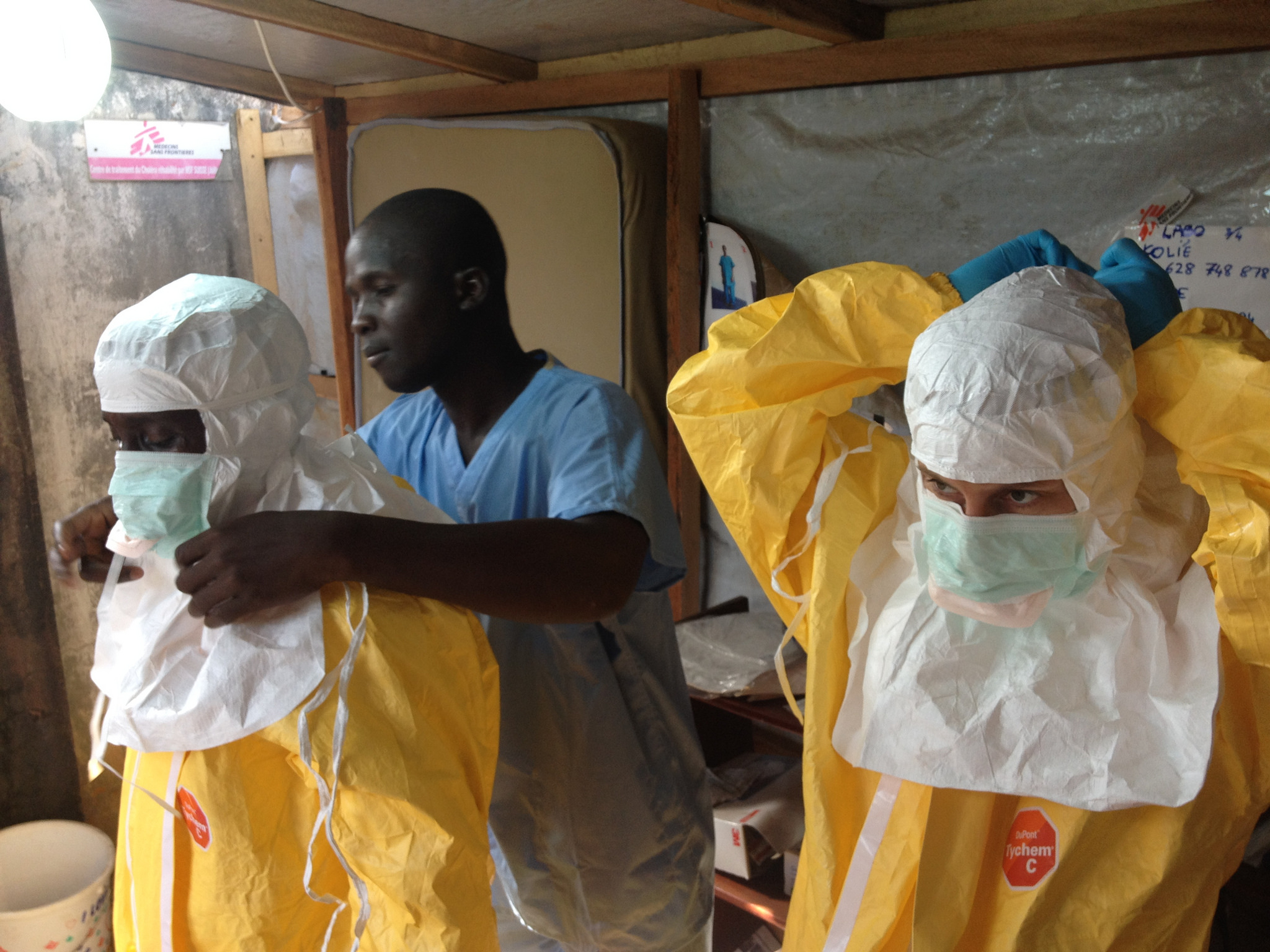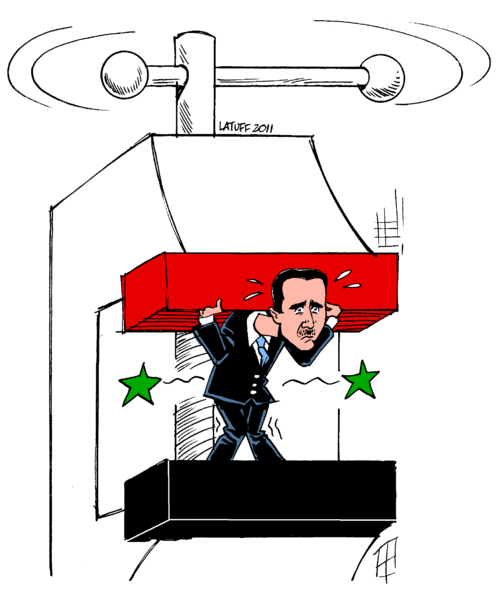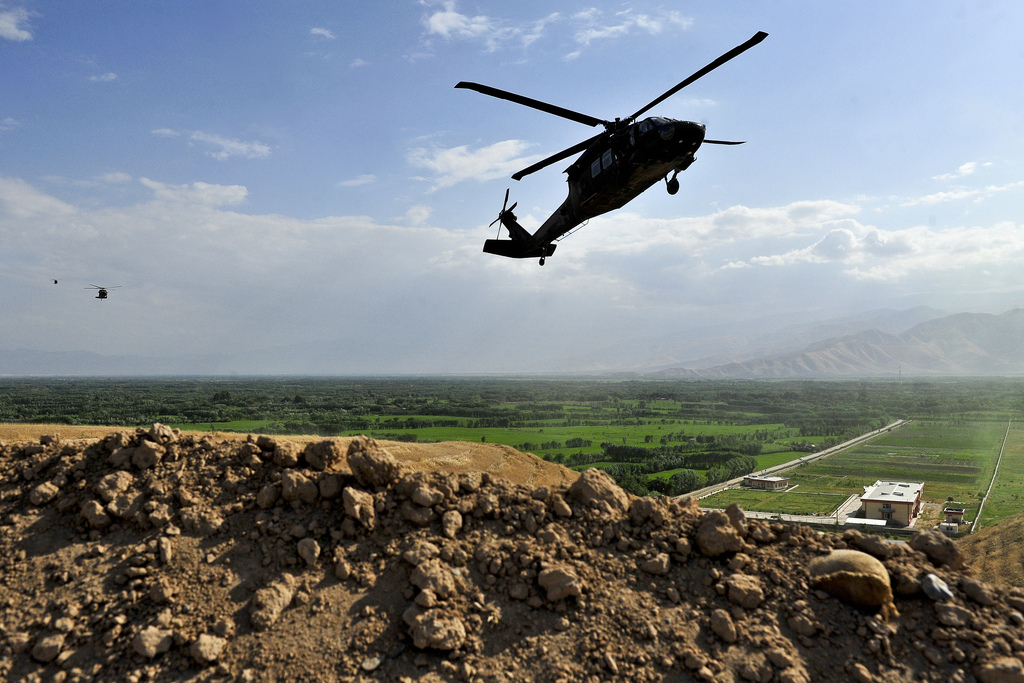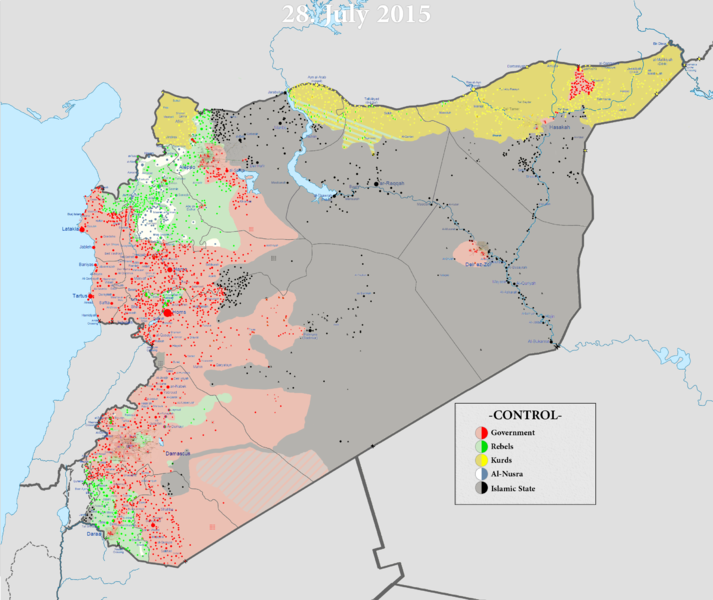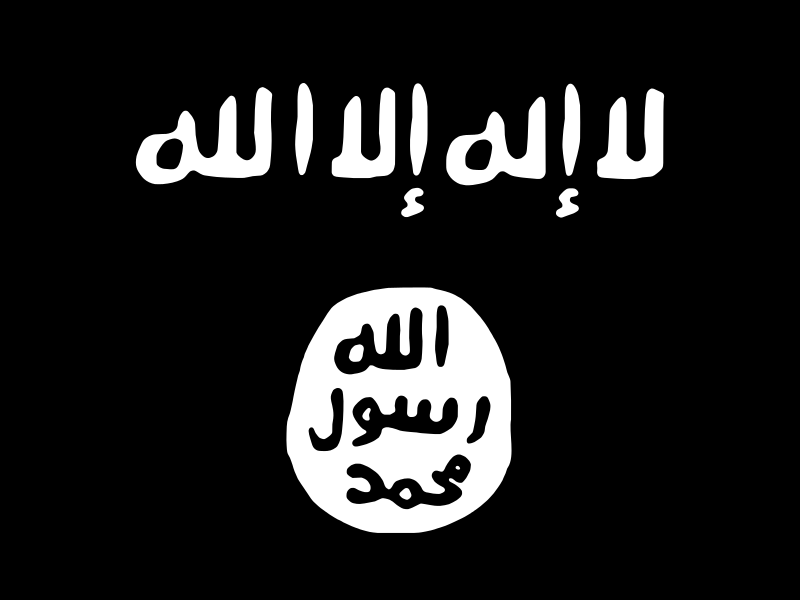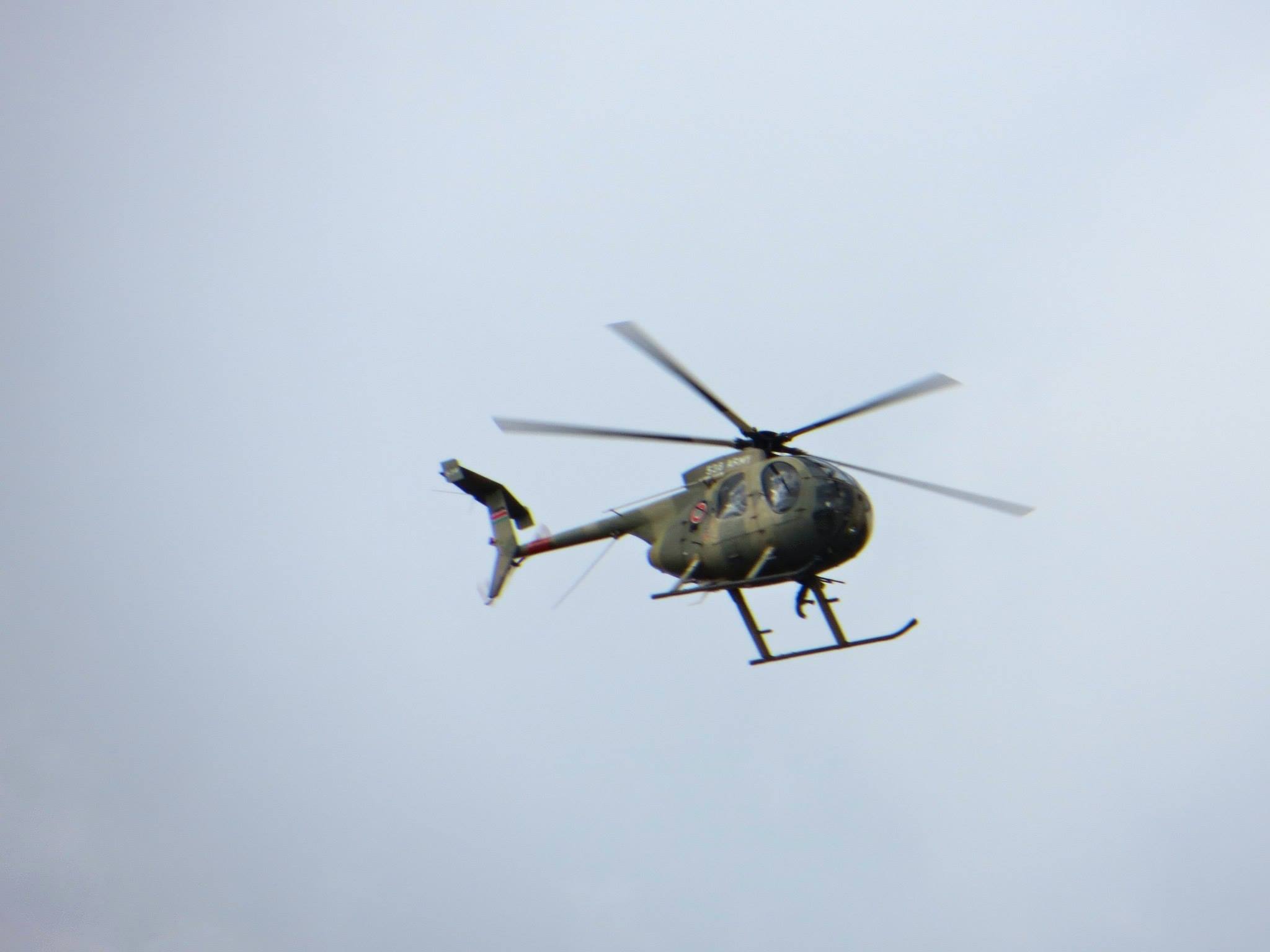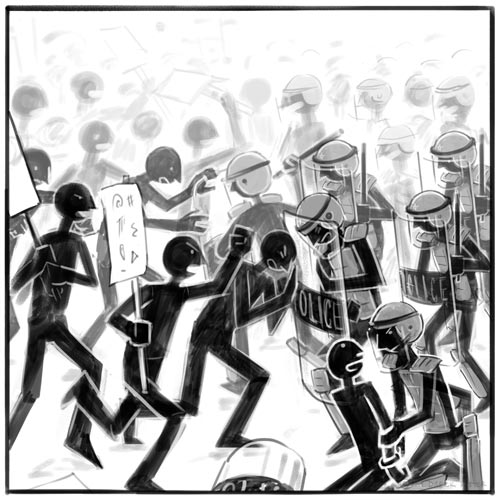Guest post by Larissa Fast

Last week marked the first anniversary of the World Health Organization (WHO) declaration of an Ebola Virus Disease (EVD) outbreak in West Africa. A healthcare worker infected with Ebola while volunteering in Sierra Leone arrived in the US earlier this month. Another ten of this unnamed health worker’s colleagues were also evacuated to the US for monitoring after exposure to the virus.
The muted media reaction to this latest Ebola case is vastly different than last fall, when the outbreak was at its peak and the first case of Ebola arrived on North American shores. Hysteria mounted, tweets mentioning Ebola skyrocketed, and pictures of people in clinics and in western airports wearing various types of protective gear appeared in the media. Fear of Ebola was prominent and, somewhat like the disease itself, seemingly contagious. Many, notably politicians, spread disinformation while others pleaded for common sense. Fear spreads, and it sells, particularly in relation to a disease that spreads by human contact and bodily fluids. Until the present outbreak reached North American shores, the disease was confined to rural parts of Africa.
Ebola preys upon our darkest imaginations. Why? First, Ebola evokes otherness and its close companion, fear. Apart from infectious disease experts, some aid workers, and those who watched the movie Contagion, Ebola was unknown locally, in the affected countries, and globally. It was an “African disease.” Its symptoms, which include excessive bleeding, are frightening. Its high fatality rate suggested that contracting Ebola was equivalent to being handed a death sentence. Those suffering from Ebola and those who have recovered from it are often stigmatized. Commentators have compared the fearful reaction to Ebola to the early days of the AIDS epidemic (see here and here), and analyzed Ebola in relation to its status as a “global security threat.”
Paradoxically, fear of Ebola is also linked to its mundaneness. Ebola can be transmitted via the ordinary, daily actions offering affection or even by brief contact that involves the transmission of bodily fluids. Direct touch escalates the risk of transmission. To avoid contagion, those caring for people with Ebola wear personal protective equipment (PPE). Dressed in PPE, health workers resemble aliens, with goggles masking their faces and gloves preventing direct contact. PPE separates the caregiver from the patient and lowers the risk. Yet touch is fundamental to our interactions and connection as human beings.
It is precisely the inability to physically and directly touch and care for those suffering from Ebola that makes it one of the most challenging diseases for family members and healthcare workers, and what renders it so devastating to families and communities. Reports from the worst Ebola-affected countries have highlighted changes in the ways people relate. Where once people greeted each other with enthusiastic kisses and embraces, now they bow, bump elbows, or show respect by placing their hands over their hearts.
Paradoxically, direct human connection both spreads the disease and is essential to its containment. The short- and long-term response to Ebola must include controlling the outbreak, strengthening health systems, and restoring communities’ trust in government institutions. Yet the less visible implications of Ebola, related to fear and the physical separation necessary to prevent its spread, deserve attention as well. They suggest parallels to the dominant approaches to managing security for aid workers. By security, I refer to the (physical) protection of humanitarian and health workers responding to armed conflict, natural disasters, or other emergencies around the globe.
As I’ve written in my book, Aid in Danger: The Perils and Promise of Humanitarianism, the number of attacks against aid workers and aid delivery has increased over time, prompting aid agencies to withdraw staff members, remotely manage, or suspend programs in the most dangerous places. In others, aid workers and agencies have adopted measures that confine humanitarian workers in secure spaces behind walls of concrete or barbed wire. Equally, some measures are built on invisible walls of expertise, walls that muffle and silence the voices and perspectives of affected communities. While sometimes necessary or unavoidable, barriers and walls also make human connection more difficult and can perpetuate fear.
Violence and insecurity, together with the corresponding strategies to manage these risks, are clear risks for humanitarians, whether related to the Ebola outbreak or not. The death toll from Ebola includes far too many healthcare workers and caregivers. The toll comprises not only those who have died from Ebola itself, but also those killed, injured, or stymied while trying to educate communities about the disease and prevent its spread. Ensuring adequate protection and support for aid workers and the health workers, friends and neighbors caring for Ebola patients is crucial. The lack of trust and connection that enables such violence to occur suggests that security measures must be balanced by human connections and presence that build trust in ways both small and large. Perhaps one of the most important lessons of the Ebola crisis is the absolute importance of human connection for security and as part of humanitarian response
Larissa Fast is a faculty member at the Kroc Institute, University of Notre Dame and an American Association for the Advancement of Science (AAAS) Science and Technology Policy Fellow. She tweets as @aidindanger. This article was originally published at Human Connections.

